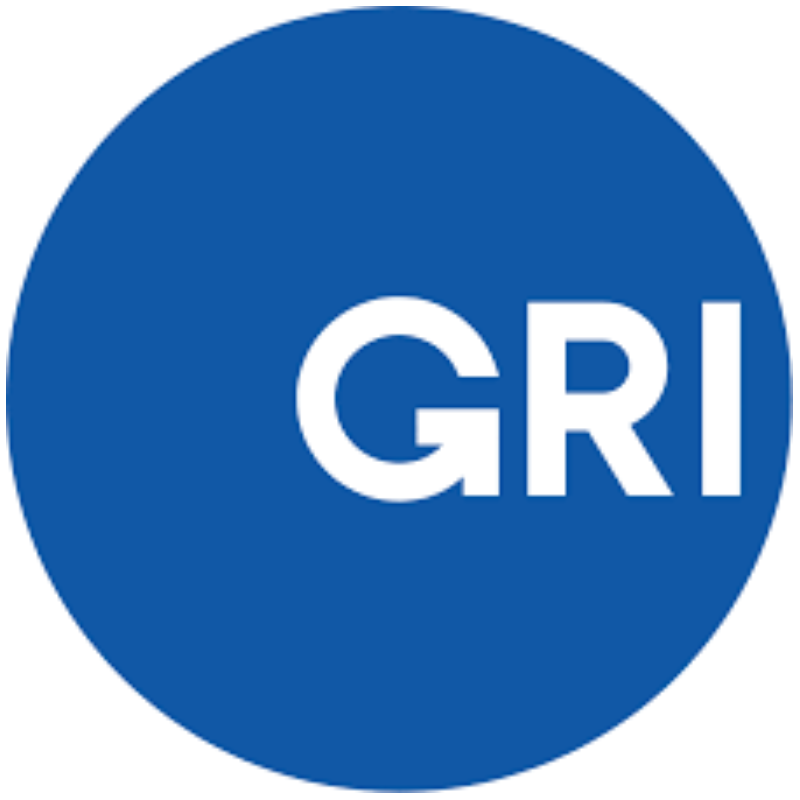GRI-ESRS Interoperability Index publishes – plus new Academy course


Photo credit: GRI
As the next step in a cooperation between GRI and EFRAG, the body mandated to deliver the European Sustainability Reporting Standards (ESRS), organizations can now download the official Interoperability Index of the GRI Standards and the ESRS.
The GRI-ESRS Interoperability Index provides a helping hand to companies by outlining how GRI disclosure requirements relate to the ESRS, reiterating the high degree of alignment achieved between the two sets of standards and preventing the need for double reporting. The index reflects the data points in the three ESRS Implementation Guidance documents – useful for existing GRI reporters seeking to meet the new EU requirements.
As confirmed in a joint statement in September 2023, following the EFRAG and GRI co-creation of the ESRS, the high degree of interoperability achieved means a streamlined transition process for GRI reporters to disclose with the ESRS. In addition, companies complying with ESRS requirements can be deemed as reporting ‘with reference’ to the GRI Standards, while GRI reporters can apply their current reporting to prepare an ESRS ‘sustainability statement’.
New training to help unlock the ESRS
In response to the growing demand for comprehensive guidance on GRI-ESRS alignment, the GRI Academy has launched a new course titled 'Double Materiality Assessment under the ESRS.' This training offers a step-by-step guide to conducting a double materiality assessment, a key component of the ESRS framework.
The online learning is the third in a series of courses forming GRI's ESRS Certification Program – following 'Introduction to the CSRD and Reporting with the ESRS' and 'Stakeholder Engagement for ESRS Reporting.' Each course is designed to cover different aspects of the ESRS reporting journey, providing companies with the knowledge and tools they need to excel.
Digital taxonomy alignment
As the shift towards digital reporting gains momentum, the GRI and EFRAG teams are engaged in regular exchanges to align XBRL taxonomy efforts - as part of the continuing Memorandum of Understanding (MoU) between the two entities. This alignment is crucial in facilitating a seamless transition for companies moving from traditional reporting methods to digital platforms.
By harmonizing the digital taxonomy, both organizations aim to enhance the accuracy and accessibility of sustainability data, ensuring it is not only comprehensive but also easily interpretable by stakeholders.
Momentum for transparency
The ESRS initially applies to over 42,000 companies as of January 2024 – including large companies in the EU as well as those listed on European stock exchanges. The GRI and Sustainability Reporting in the EU Q&A further explores what the ESRS means for GRI reporters.
Published by
 GRI - Global Reporting Initiative
GRI - Global Reporting Initiative
 GRI - Global Reporting Initiative
GRI - Global Reporting Initiative

